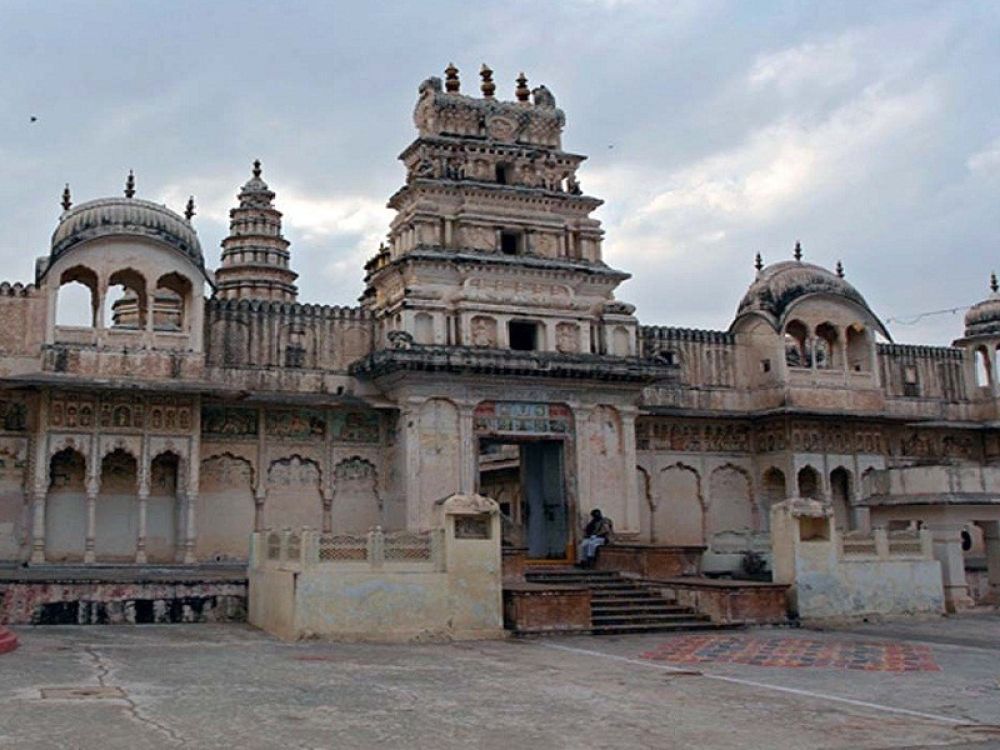

The Old Rangji Temple in Pushkar, Rajasthan, India, is an epitome of spiritual and architectural splendor, known for its intriguing fusion of styles. Established in 1823 by Seth Puran Mal Ganeriwal of Hyderabad, the temple is dedicated to Lord Rangji, believed to be an incarnation of Lord Vishnu.
Pushkar itself is one of the oldest cities in India, with its history entwined with the sacred Pushkar Lake, which has numerous references in Hindu scriptures and mythology. The Old Rangji Temple was constructed in a time when the Maratha, Rajput, and Mughal styles were predominant, and this amalgamation is reflected in its architecture.
The Temple showcases a unique blend of Rajput, Mughal, and even South Indian architectural styles. The grand entrance, said to be reminiscent of Mughal architecture, presents a stark contrast to the south Indian style Gopuram (tower), and the traditional Rajput style is evident in the temple's intricate carvings and exteriors.
Since its conception, the Old Rangji Temple has been an important pilgrimage site for the followers of Ramanandi Vaishnavites. It is not only a place of worship but also a significant landmark that attracts tourists interested in cultural heritage. Over the years, as tourism in Rajasthan expanded, the temple became an essential part of the Pushkar visitor circuit.
With the government and local bodies working together to promote sustainable tourism in Rajasthan, Pushkar's popularity has soared, drawing in visitors both for its spiritual essence and historical charm. The annual Pushkar Camel Fair is a significant event that precipitates a surge in tourism to Old Rangji Temple and surrounding areas.
In recent years, the approach towards tourism has become more experiential and immersive. Travelers seek out authentic experiences, which include exploring local culture, architecture, and spiritual practices. The Old Rangji Temple, in this context, is becoming a part of cultural and architectural tours.
Eco-friendly tourism is also gaining traction, with visitors more conscious of their environmental impact. Pushkar, along with its ancient temples, is adapting to this trend by incorporating sustainable practices to ensure the preservation of its rich heritage.
For tourists planning to visit, the temple is open every day, and the best time to visit is during the cooler months from October to March. Despite the relative peace that prevails within the temple premises, the area comes alive during religious festivals like the Pushkar Fair and Holi.
While the Old Rangji Temple remains a must-visit destination for those intrigued by historical architecture and Hindu culture, it also stands as a testament to Pushkar's enduring appeal and the resilience of its tourism sector in the face of modern challenges and trends.